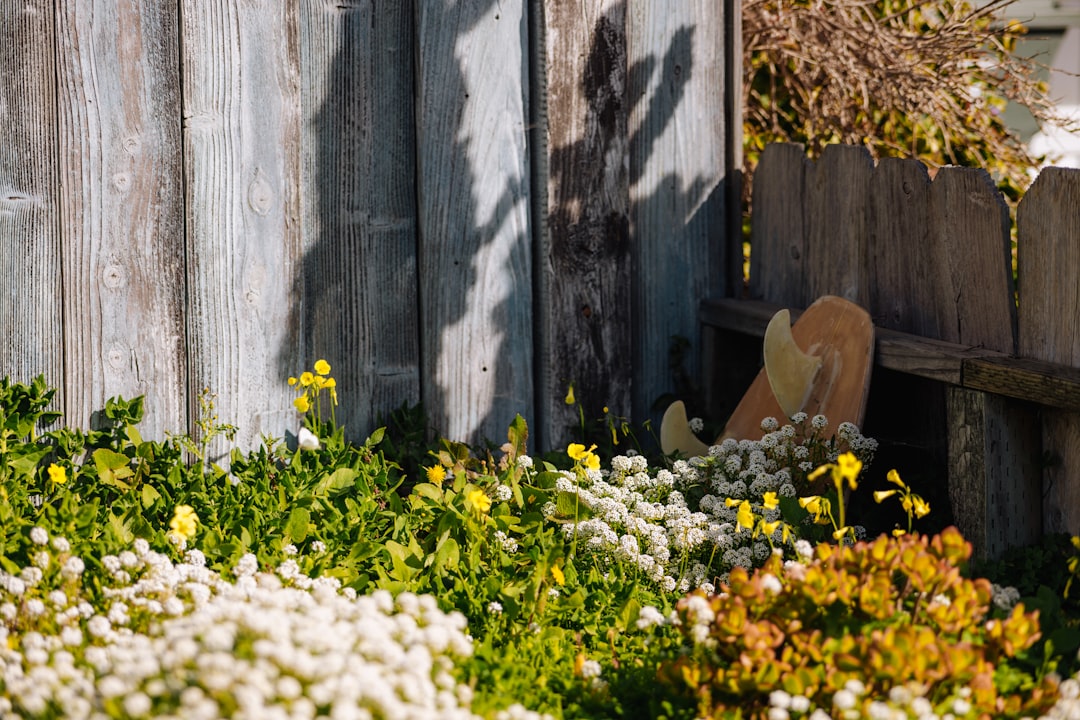Transform Your Yard: A Beginner's Guide to a Stunning Outdoor Space

Are you tired of looking at a lackluster yard? Do you dream of having an outdoor space that is not only beautiful but also a reflection of your personal style? Well, you're in luck! In this article, we'll provide you with beginner - friendly landscape design tips to turn your yard into a blooming paradise and offer advice on personalizing your outdoor area.
### Understanding the Basics of Gardening Landscape
Before you start any major landscaping project, it's crucial to understand the basic principles of gardening landscape. First, take a good look at your yard's natural features. Consider the amount of sunlight it receives throughout the day. Some plants thrive in full sun, while others prefer partial or full shade. For example, roses generally need at least six hours of direct sunlight per day, while hostas do well in shady areas.
Soil type is another important factor. You can have your soil tested to determine its pH level and nutrient content. This will help you choose the right plants that will grow healthily in your yard. If your soil is sandy, you might want to select plants that are drought - tolerant, such as succulents. On the other hand, if your soil is clayey, you can choose plants that can handle wetter conditions, like astilbes.
### Planning Your Landscape Design
Once you have a good understanding of your yard's natural conditions, it's time to start planning your landscape design. Begin by sketching out a rough plan on paper. Decide on the different areas you want to create in your yard, such as a seating area, a flower bed, or a vegetable garden.
When designing, think about the flow of the space. You want to create a layout that is easy to navigate and visually appealing. For instance, you can use pathways to connect different areas of your yard. These pathways can be made of various materials, such as gravel, pavers, or natural stone. Gravel is a cost - effective option that gives a rustic look, while pavers offer a more formal appearance.
### Choosing the Right Plants
Selecting the right plants is the heart of any landscape design. As a beginner, it's best to start with low - maintenance plants. Some great choices include lavender, which not only has a lovely fragrance but is also relatively easy to care for. It can tolerate dry conditions and attracts bees and butterflies.
Another option is the daylily. Daylilies come in a wide range of colors and are very hardy. They can grow in different soil types and require minimal watering once established. For a pop of color in the fall, consider planting mums. Mums are available in various shades of red, orange, yellow, and purple and can add a festive touch to your yard.
### Personalizing Your Outdoor Space
One of the most exciting aspects of landscaping is personalizing your outdoor space. You can add unique elements that reflect your personality and interests. If you love art, you can place sculptures or decorative pieces in your yard. These can be large, eye - catching statues or small, whimsical figurines.
If you're a music lover, you can install outdoor speakers so you can enjoy your favorite tunes while relaxing in your yard. You can also create a themed area, such as a Japanese garden. In a Japanese garden, you can include elements like a small pond, bamboo plants, and a stone lantern. This will give your yard a peaceful and serene atmosphere.
### Maintaining Your Landscape
Once your landscape is in place, proper maintenance is essential to keep it looking its best. Regular watering is crucial, especially during dry periods. However, be careful not to over - water, as this can lead to root rot and other plant diseases.
Pruning is another important maintenance task. You need to prune your plants regularly to keep them in shape and encourage healthy growth. For example, you should prune shrubs in the early spring before new growth begins. Fertilizing your plants at the right time can also help them thrive. Use a balanced fertilizer according to the specific needs of your plants.
### Adding Water Features
Water features can add a sense of tranquility and beauty to your yard. A small fountain can be a great addition. It not only provides a soothing sound but also attracts birds and other wildlife. You can choose from various styles of fountains, such as a tiered fountain or a wall - mounted fountain.
If you have more space and a larger budget, you can consider building a pond. A pond can house fish, water lilies, and other aquatic plants. However, building and maintaining a pond requires more effort and knowledge. You need to ensure proper filtration and aeration to keep the water clean and the fish healthy.
### Incorporating Lighting
Don't forget about lighting when designing your landscape. Outdoor lighting can extend the usability of your yard into the evening hours. You can use solar - powered lights, which are energy - efficient and easy to install. Pathway lights can guide you safely through your yard at night, while spotlights can highlight specific features, such as a tree or a sculpture.
String lights can add a warm and inviting atmosphere, especially if you have a seating area. You can hang them from trees or pergolas. With the right lighting, your yard can become a magical place even after the sun goes down.
In conclusion, transforming your yard into a blooming paradise is an achievable goal, even for beginners. By following these landscape design tips, understanding the basics of gardening, choosing the right plants, and adding personal touches, you can create an outdoor space that you'll love spending time in.